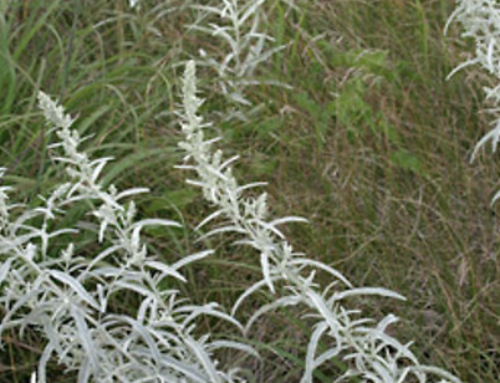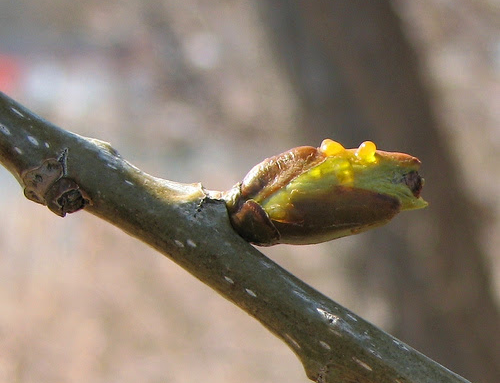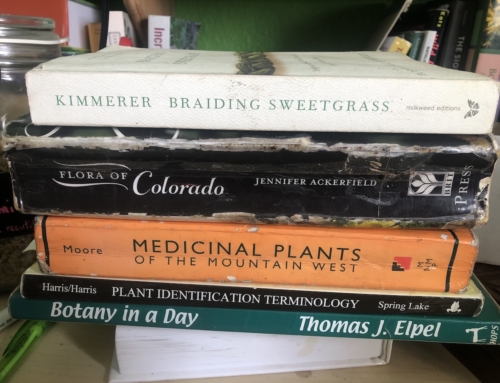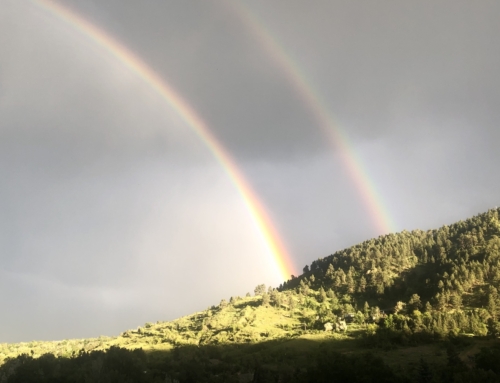Music Offers a Shortcut to Long-term Memory
As teachers, we believe it is our responsibility to teach material in a way that students remember. This may seem like and obvious conclusion, but most mainstream education assumes that the burden of learning is on the student. While there are many learning styles, there is still a lot teachers can do to harness the power of the human brain and present material in ways that are conducive to the ways that brains tend to work.
Dry Botany Nerds Turn Creative
The idea of the musician’s working memory first came to me from my long-time collaborator and colleague Tovio Roberts. Although undoubtedly known to musicians for ages, “science” has only recently “discovered” that our brains are built to memorize music quickly and effectively. Humans have a whole aspect of memory that is devoted entirely to the memorization of music, and in non-musicians such as myself it remains entirely underutilized. It turns out, music offers us a sort of short-cut to long term memory. While we may need many many many many repeats (haha?) to remember new botany terminology or plant family patterns, when turned into a song, these ideas quickly become deeply embedded in long-term memory. Not to mention, it’s fun to sing!
If you’re still having trouble picturing it, below is an embedded song with the lyrics about the Rosaceae family. If you learn the characteristics of this family in one of our botany classes, you’ll be able to recognize many of the plants in the wild that belong to this family. Even if you don’t know the specific plant, you’ll be able to take a guess as to its edibility and possibly medicinal uses just by knowing what family it is in! Plus, it will be a lot easier to look up in you botanical key or field guide if you already know which family you’re looking for.
Rosaceae, Rose family, astringents and berries
5 petals, 5 sepals, Numerous stamens, and serrate leaflets or leaves
Lenticils often seen on the young branches of the shrubs and trees
May have thorns or stipules, Fruit of strawberry, apple, or peach
Flowers forming a hypanthium: a cup-like structure around each
Rosaceae, Rose family, astringents and berries
As you can see, the above song assimilates new vocab into the student’s memory such as “astringent”, “sepal”, “stamen”, “serrate”, “lenticils”, “stipules”, and “hypanthium”.
This song borrows and old Hungarian folk dance for its melody and is performed and recorded by Tovio Roberts.




